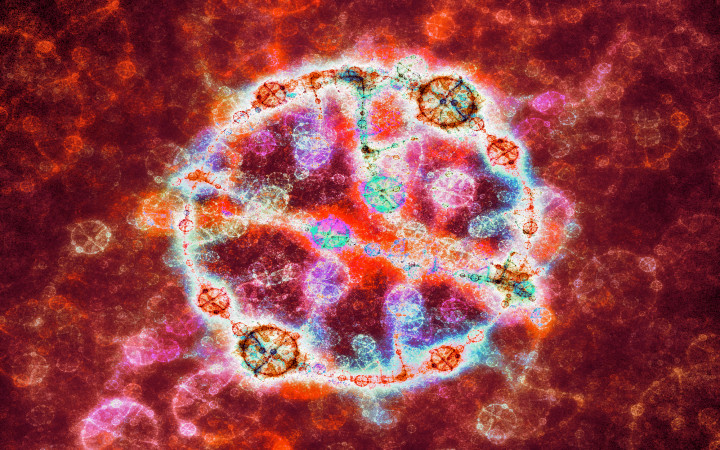Today’s Wonder of the Day was inspired by Eli. Eli Wonders, “how does nuclear fusion work” Thanks for WONDERing with us, Eli!
Many of our Wonder Friends already know just how important the Sun is to life on Earth. It makes the plants grow. Some people use it to cook food. And, of course, we have the Sun to thank for solar energy.
Energy from the Sun is the result of a process called nuclear fusion. This is a reaction that happens in the Sun’s core. There, extreme heat and gravity turn hydrogen atoms into helium. The process releases energy which then radiates out into the solar system.
For many years, scientists have tried to recreate nuclear fusion on Earth. Why? It could provide humans with a clean source of energy. This could help lower carbon emissions and the levels of other greenhouse gases in the atmosphere. That possibility has led some scientists to the idea of creating an artificial sun.
What do we mean by “artificial sun”? Are people creating giant balls of gas that can heat planets far from the center of our solar system? Of course not. Or, at least, not yet. Instead, the artificial suns being created today are nuclear fusion reactors.
In 2017, the German Aerospace Center (DLR) announced its creation of such a device. This reactor is called Synlight and reaches temperatures of 5432 °F (3000 °C). Its creators even claim it can produce 10,000 times more light than what naturally reaches Earth from the Sun.
And Synlight isn’t alone. Another artificial sun powered up in China in 2020. Called the HL-2M Tokamak, this reactor uses a magnetic field and reaches 270 million °F (150 million °C). That makes this device ten times hotter than our Sun. Another reactor is expected to be completed in France in 2025.
Many are hopeful about this means for the future of energy. People around the world grow more concerned about climate change and rising sea levels. They hope nuclear fusion will offer a more sustainable energy source.
How long can Earth count on heat and energy from the Sun? Most scientists say for another five billion years or so. At that point, the hydrogen that fuels the star’s nuclear fusion will run out. The Sun will expand to become a red giant. Will humans have created a replacement for the actual Sun by then? We can’t predict the future—but today’s artificial suns could be an encouraging sign.
What do you think of human-made suns? Could they be the future of energy? What other uses for this technology can you think of?
Standards: NGSS.ESS1.A, CCRA.R.4, CCRA.L.3, CCRA.L.6, CCRA.R.1, CCRA.R.2, CCRA.R.10, CCRA.SL.1, CCRA.SL.2, CCRA.W.6, CCRA.W.2, CCRA.W.4, CCRA.W.9, CCRA.L.1, CCRA.L.2




